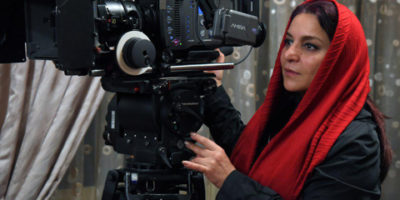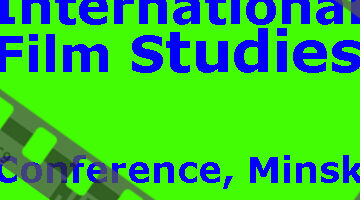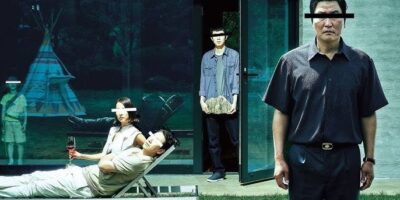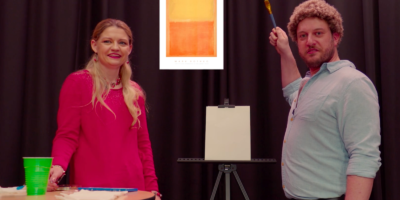Making A Case for the Short
 The article “Making A Case for the Short” was submitted on behalf of the Lake Travis Film Festival.
The article “Making A Case for the Short” was submitted on behalf of the Lake Travis Film Festival.
The Lake Travis Film Festival (LTFF) is a new festival with an eye to showcasing filmmakers and screenwriters from around the globe with authenticity, vision, and purpose. The festival aims to connect independent filmmakers and industry professionals with an eager community audience.
Often, the “future of cinema” is found in indie features. Festivals champion them, critics (and readers) savor the buzz – our attention turns immediately to them, naturally, because they represent why we do what we do. Appreciating new talent, and new ideas, is at the core of contemporary cinephilia. But finding new talent is not strictly feature business. There are innovative minds operating in spaces outside feature filmmaking – notably in shorts, where budding storytellers face the challenge of quickly taking viewers in and out of a space; of providing a sense of completeness despite the brevity of the adventure. The brightest film scholars have much to say about feature films, and of their legacy, but we ought to consider making the case for shorter, profoundly effective films cycling through festivals.
Elevating short films to the status of features, however, requires: a) an earnest appreciation for both, and b) a desire to include short films in the narrative of cinema’s trajectory as “cinema.” Sure, history shows us that a broad interest in shorts – or “nickelodeons” – declined as audiences surrendered to longer stories (aided, of course, by innovations in screen projection and sound), but not since the days that immediately followed A Trip to the Moon have we looked to short films with the wonder and awe that we look to feature films with. Add the fact that most short films are made on shoestring budgets, produced by emerging storytellers hoping to earn viewers’ interest (as well as establish “creative potential”), and you have a compelling case for shifting your perspective on what counts as cinema, and what it takes to advance cinema.
The challenge, today, lies in taking the time to engage with shorts on an almost academic level, the way cinephiles would with their favorite feature films. Because they are seldom screened outside of the festival circuit, there is little to say about their perceived impact on the medium. Who is watching them, and what do they think of them? Let us really open the door to shorts; let’s take them more seriously. Conversations about cinema are ever-expanding, and it’s high time we include short films in that sphere.
RELATED ARTICLES:

Toward Cinematic Anthropocene
Read More

Psychological Dimension of Filmmaking
Read More

Film Studies Conference
Read More

IRANIAN WOMEN CINEMA: THE FEMALE REPRESENTATION NARRATED BY IRANIAN WOMEN FILMMAKERS
Read More

ANAL STAGE OF PSYCHOSEXUAL DEVELOPMENT IN SCREENWRITING: EVOLUTION OF TECHNIQUE
Read More

International Film Study Conference
Read More

CAN WE MEASURE HAPPINESS* OF FILMMAKING?
Read More

Calculators
Read More

Do non-artistic factors affect film selecting?
Read More
ALL ARTICLES:
PROJECTS:





















